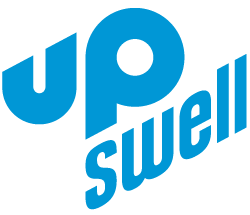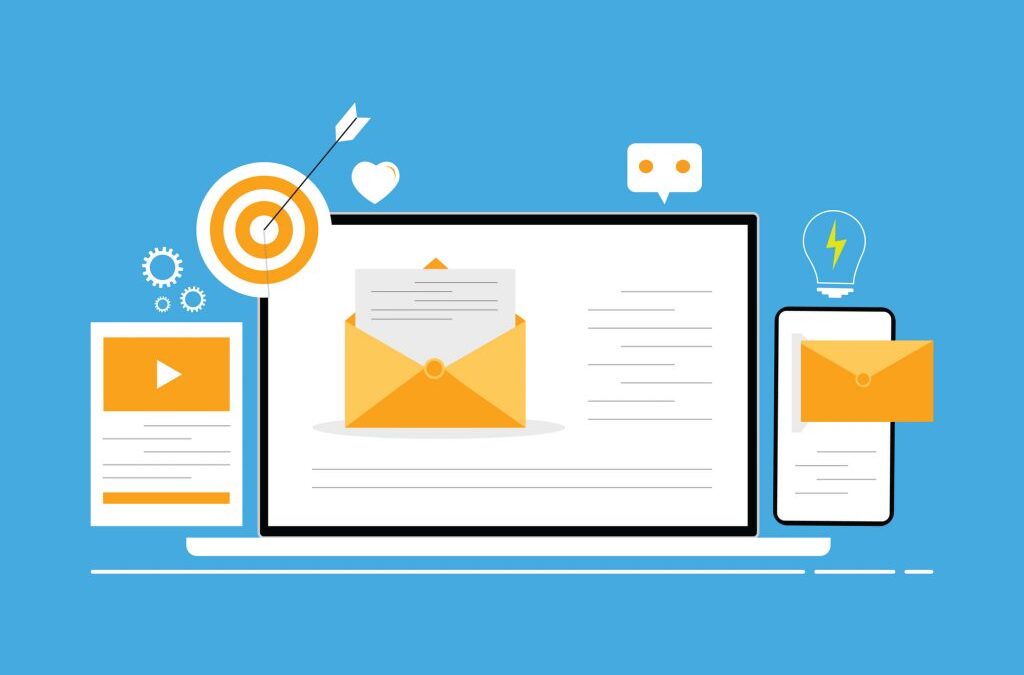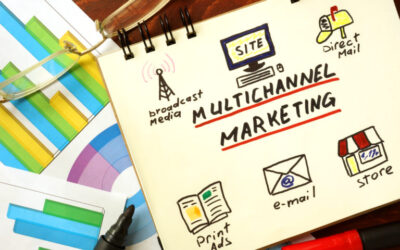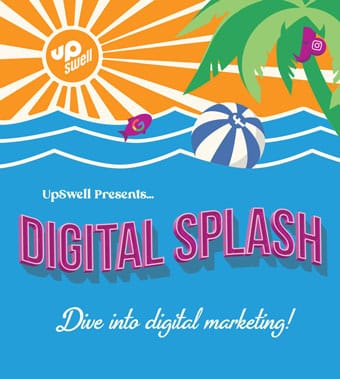Most new business owners focus exclusively on their services and products, forgetting other parts of the equation. Success comes from a seller’s ability to get customers’ attention and convince them to buy, and marketing is a crucial component. Before the internet, mass marketing was expensive and difficult. While the internet has simplified things, there’s still a place for conventional marketing methods. Here, we’ll compare old and new marketing strategies and see which approach is best for new business owners.
Key Takeaways:
- Old marketing vs new marketing isn’t about choosing one over the other. Instead, it’s about using a mix of both to reach your audience effectively based on who they are and where they spend their time.
- Traditional marketing methods like direct mail, print ads, andch face-to-face interactions still work well for certain demographics, especially those less active online, but they can be expensive and harder to track.
- Modern marketing techniques such as SEO, social media, and email campaigns are generally more affordable, easier to scale, and provide real-time data to help guide future efforts.
- Online strategies make it simple to engage directly with your audience and adjust messages quickly, but they can be time-consuming and require consistency across platforms.
- The best marketing strategy is the one that fits your target market and business goals—often a thoughtful combination of both old and modern approaches.
The Basics of Marketing: Old Marketing vs New Marketing
Marketers generally have two main avenues to spend their marketing budgets: traditional marketing and digital marketing.
Old marketing refers to more traditional methods that started before the dawn of the Internet, including print ads (newspapers, magazines, etc.), TV and radio commercials, direct mail, and billboards.
New marketing is digital. It includes methods like social media, PPC ads, geotargeting, SEO, and more.
Both methods have their place, and there’s an ongoing debate about which is best. To use your money and time wisely, you’ll need to understand the company’s target market, how to reach them, and the benefits and drawbacks of each method.
Traditional Marketing Strategies
Conventional marketing, also known as offline marketing, encompasses the strategies used before the advent of the internet. It includes tactics like radio and TV advertising, direct sales, and mailers, which we can help with as well. The latter two methods relied heavily on print media like billboards, coupon books, and magazines to get messages to buyers.
Traditional Marketing: The Pros
Even in the digital world of today, there are plenty of reasons to use traditional marketing strategies. In some cases, they’re the only way to reach certain market segments. For instance, if you’re targeting retired couples, many of them may not use social media or the internet.
Person-to-person marketing is extremely effective in some sectors, with product demonstrations being a primary example. Furthermore, many people prefer to work with those they’ve met personally.
Traditional marketing strategies often offer tangible materials, which consumers can review at their convenience. By handing out flyers and business cards at trade shows, speaking engagements, and other events, you can give potential customers the information they need on the go.
Traditional Marketing: The Cons
While conventional marketing is effective, it still has its limitations. Many methods are cost-prohibitive: Purchasing a print, TV, or radio ad can be expensive for a home-based business owner. Printing brochures, business cards, and flyers is also costly, and the bill increases if you’re sending them via direct mail.
Traditional marketing strategies are usually forced upon consumers, which can get quite annoying. Most people simply throw junk mail away, and digital video recording has made it fast and easy for TV viewers to skip commercials. It’s hard to measure results with many older marketing methods, and businesses that rely on them exclusively will likely need extra help from scriptwriters, graphic designers, and others.
Modern Digital Marketing Strategies
Online marketing is the process by which products and services are promoted on the internet. It’s not limited to e-commerce store owners, bloggers, and other online business owners — even those who own brick-and-mortar stores can use the internet to market their products. Digital marketing services use strategies such as SEO, banner ads, PPC advertising, email marketing, and site building to spread the word.
Modern Digital Marketing: The Pros
Online marketing has made it easier and cheaper to reach wide audiences, and it’s simpler to measure the results. You’ll see which methods are bringing leads to your company, which are boosting sales, and which approaches just aren’t working. The data gathered during an internet marketing campaign allows business owners to use resources wisely, and it’s accessible to businesses of all sizes.
With qualitative results and raw data, it’s easy to make informed decisions. Qualitative results are highly descriptive, giving a better picture of the ideal customer and allowing you to reach the company’s target market. This makes it easier to create marketing messages that are more likely to get the desired response. Data and measurable results are available right away, so you can see what’s working and what’s not.
It’s easy to engage with your target market online. Social media sites such as X (formerly Twitter), Instagram, and Facebook allow sellers to communicate with individuals and groups directly. These platforms are free, allow for open conversations, and offer quick feedback. With social media marketing, you can build one-on-one relationships with customers and change marketing messages quickly.
Internet marketing is, for the most part, inexpensive. Some marketing methods are even free! There’s no need for outside help, as many strategies can easily be implemented by sole proprietors.
Modern Digital Marketing: The Cons
Though the internet has simplified marketing, it still poses certain challenges. It typically requires sellers to count on customers who are active online. If your target market is not online, these strategies won’t be very effective. With that being said, the internet continues to work its way into every facet of our lives.
Online marketing can be very time-consuming. To succeed, you’ll need to create a steady stream of fresh content, respond to comments, and maintain your company’s website and social media pages. All these processes can take a significant amount of time.
Finally, it’s easy for marketing messages to get lost if your online brand identity isn’t consistent. Successful internet marketing requires a high level of consistency across all platforms.
Which Marketing Methods Are Best?
Because many business owners believe that one marketing method is better than another, they tend to rely on those approaches. While some methods may be more effective in certain instances, it doesn’t mean that other methods should be excluded. For instance, TV ads may grab viewers’ attention, but the same ad on YouTube may bring in more leads for less money.
The question is not which marketing strategy is best, but which offers the most effective way to reach potential customers and turn them into buyers. Chances are your company can benefit from a combination of traditional and online marketing strategies. To decide which options are best for your business, you’ll need to do some research and create a marketing plan. With the information gathered during the process, along with help and advice from the team, you’ll learn about the audience and be able to reach them where they are.






